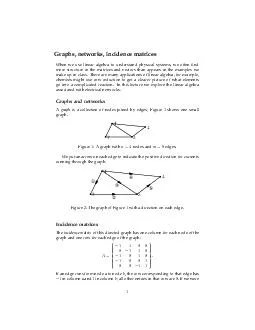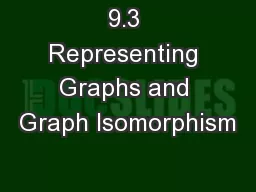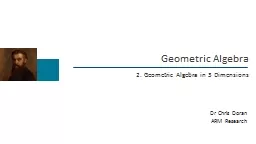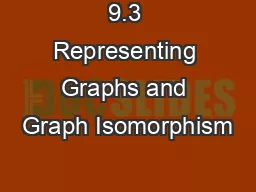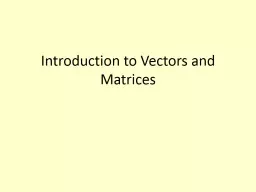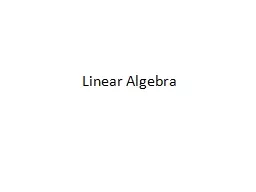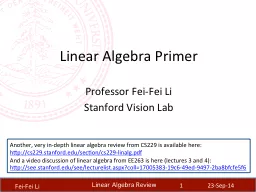PDF-Graphs networks incidence matrices When we use inear algebra to understand physical systems
Author : yoshiko-marsland | Published Date : 2014-12-18
Ther e ar e many applications of linear algebra for example chemists might use ow eduction to get a lear er pictur e of what elements go into a complicated eaction
Presentation Embed Code
Download Presentation
Download Presentation The PPT/PDF document "Graphs networks incidence matrices When ..." is the property of its rightful owner. Permission is granted to download and print the materials on this website for personal, non-commercial use only, and to display it on your personal computer provided you do not modify the materials and that you retain all copyright notices contained in the materials. By downloading content from our website, you accept the terms of this agreement.
Graphs networks incidence matrices When we use inear algebra to understand physical systems: Transcript
Download Rules Of Document
"Graphs networks incidence matrices When we use inear algebra to understand physical systems"The content belongs to its owner. You may download and print it for personal use, without modification, and keep all copyright notices. By downloading, you agree to these terms.
Related Documents

